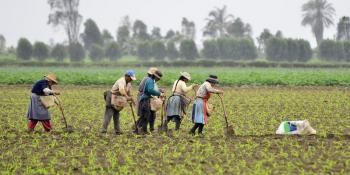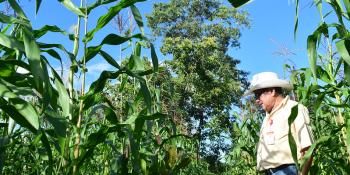How much will climate change mitigation in agriculture cost?
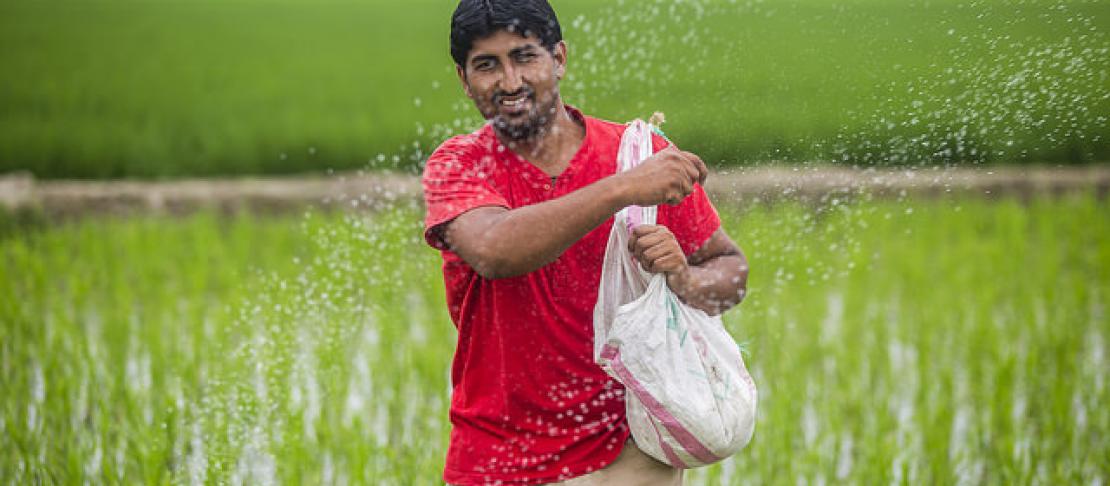
As countries plan implementation, they have very little data regarding the cost of mitigation actions in agriculture.
Countries are putting forward climate change mitigation actions in their Nationally Determined Contributions (NDCs) to meet PAris Agreement goals. As of December 2015, 16 countries had provided costs associated with agricultural and land use mitigation measures.
Estimated costs ranged from USD 2.5 million for a specific project to reduce slash-and-burn agriculture in the Central African Republic to USD 1.8 billion plan to implement sustainable intensification of rice, biodigesters, agroforestry systems, and assisted natural regeneration of degraded lands in Senegal. These wildly different estimations and planning strategies illustrate the lack of data countries have available to them to estimate the costs of mitigation.
We do know that developing countries will require a significant amount of financing to successfully implement the climate actions required to meet mitigation targets in their NDCs. Countries need cost data to implement their NDCs and build a business case for financing climate change mitigation and adaptation. The challenge now is to fill in the cost data gap, especially for climate-smart agriculture technologies that benefit smallholder farmers.
With the support of CCAFS, I gathered information and analyzed the costs and benefits of two climate-smart agriculture practices: alternate wetting and drying (AWD) in paddy rice production in Bangladesh and Vietnam and improved nitrogen fertilizer management in cereal production (rice, wheat, and maize) in India and Mexico. I also completed an analysis of the costs of monitoring, reporting and verification (MRV) of climate change mitigation in agriculture in all four countries. Summaries and links follow.
Business case for alternate wetting and drying

The analysis provides a synthesis of the costs and benefits of AWD (e.g., production costs, revenues, yields, other benefits) on a per-hectare basis and a preliminary estimate of the technology’s national-level impacts and implementation costs in Bangladesh and Vietnam, two countries that are interested in scaling up AWD. There is ample evidence in the literature about farm-level benefits and costs. I found AWD to be promising in terms of its potential to increase farmers’ yields and profits and greenhouse gas (GHG) reduction potential in Bangladesh and Vietnam. Adoption of AWD may allow for additional profit for farmers of between USD 100 and USD 400 per hectare as well as a reduction of 0.8 to 4 tonnes of carbon dioxide equivalents per hectare. The increased profit is due to decreased irrigation costs and increased yields from the use of AWD.
However, the evidence base needed to estimate the scaling or diffusion potential and corresponding cost of implementation at the national scale is lacking. Given the lack of data, I estimated program implementation costs based on information found in the budgets from a relevant Nationally Appropriate Mitigation Action (NAMA) in the Philippines and other agriculture sector technical assistance projects.
I present findings for AWD at the Global Alliance for Climate Smart Agriculture Annual Forum on June 16 in a speakers corner session called, 'Building the Business Case for Low-Emission Agriculture - Alternate Wetting and Drying as a case study.'
Business case for improved nitrogen management in cereals
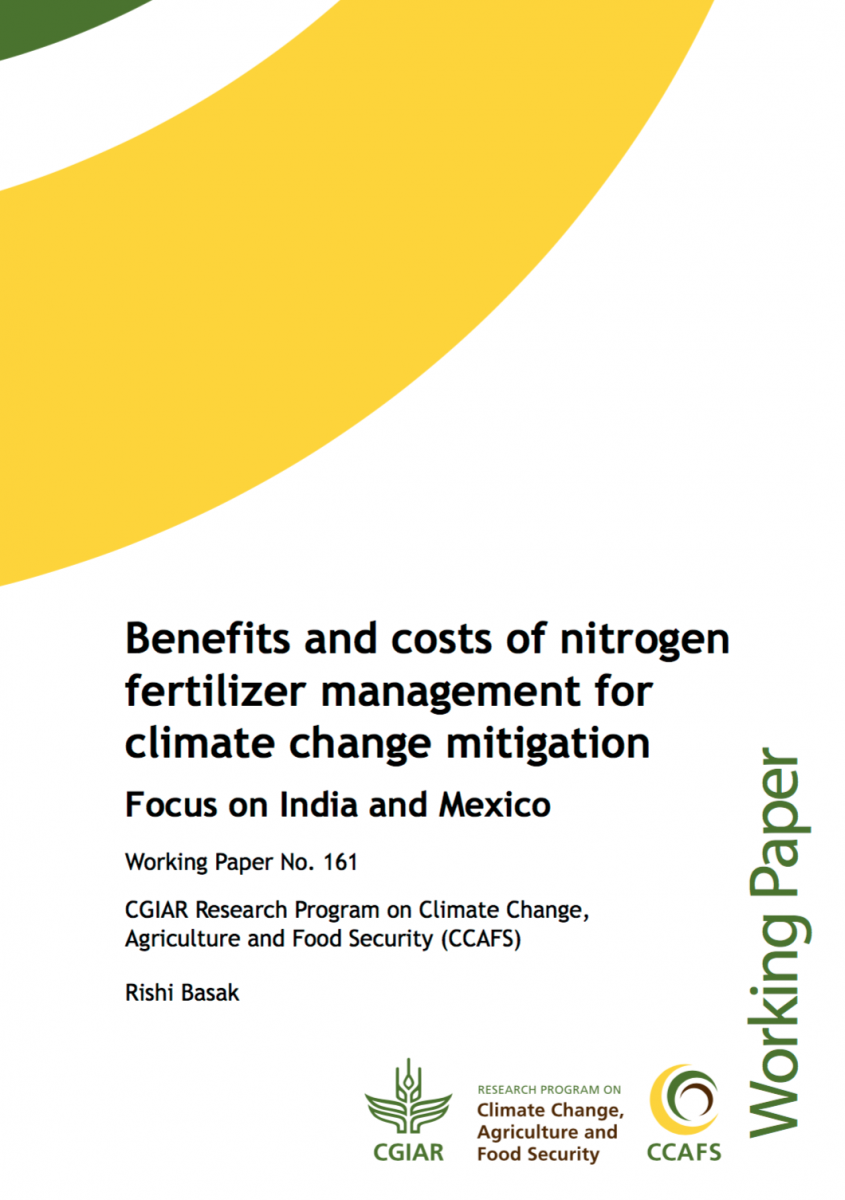
This report analyzes the costs and benefits of managing nitrogen fertilizer in ways that also reduce greenhouse gas emissions in rice, wheat, and maize production in India and Mexico. For several agricultural mitigation practices, the report identifies the corresponding potential emissions reduction and on-farm costs and benefits (e.g., operational costs, savings, or other benefits) based on available literature.
The use of optical sensors combined with decision tools for providing field-specific guidelines on nutrient management is an extremely promising technology for optimizing nitrogen efficiency (increasing yields) and thus decreasing nitrous oxide emissions where fertilizers are over-used (saving farmers money). If a solution that allows farmers to avoid having to pay the full, up-front cost of the sensor can be found, optical sensors would also be cost-efficient for farmers. The potential for scaling up is large in both India and Mexico.
Practice changes such as fertilizer application timing, neem as a nitrification inhibitor, and fertilizer deep placement also show promise, though further research is required to build the business case.
I recommend that future field studies include analysis of the cost-effectiveness of technologies, in addition to overall GHG impact (i.e., methane and nitrous oxide emissions from the crop, soil, and fuel use) and agronomic benefits. Special attention should be placed on economics associated with the technology, for example the labor costs under manual and mechanized approaches to application, labor costs to produce the fertilizer, and market availability of the technology. This information would enable countries to build solid business cases for scaling up mitigation actions that also benefit farmers.
Cost of monitoring, reporting, and verification systems
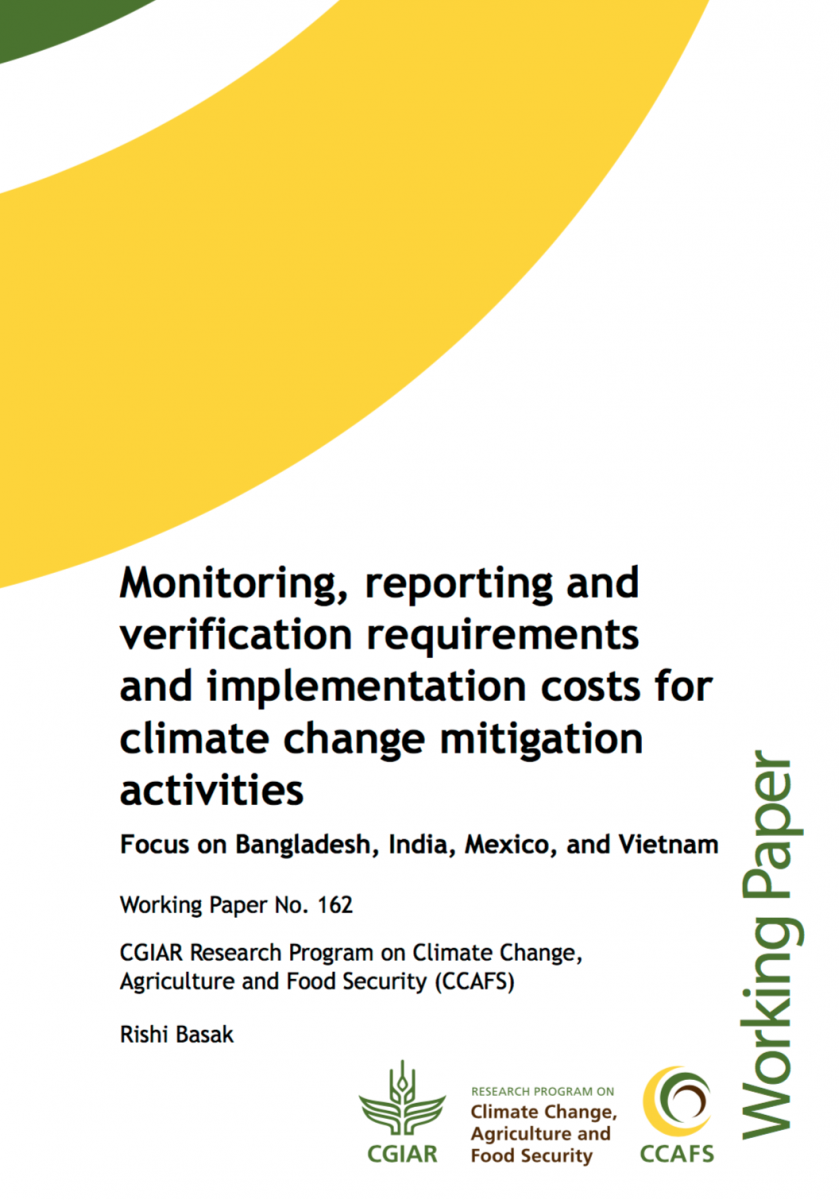
I also examined costs of developing MRV systems for climate change mitigation activities, including the costs of scaling to the national level in all four countries. I found that MRV system development and setup costs vary significantly—from a low of USD 210,000 to a high of USD 2.44 million—mostly due to the area covered by the scaling program and the number of participating farmers. However, ongoing MRV implementation costs could be kept relatively low—less than USD 55,000/year across the four countries and systems studied—if data is collected via random sampling.
Coordination with existing data-gathering and management systems through strategic partnerships with domestic institutions and implementing partners would help to drive down costs while also increasing the quality of MRV systems.
Need for cost data now
We all know that it is critical that countries act quickly to reduce emissions. The time to provide countries the tools and data they need to implement their mitigation goals is now.
Read more
- Benefits and costs of climate change mitigation technologies in paddy rice
- Benefits and costs of nitrogen fertilizer management for climate change mitigation
- Monitoring, reporting and verification requirements and implementation costs for climate change mitigation activities
- Directory of finance sources for climate change mitigation in agriculture
- Project description: Financing low emissions agriculture
Rishi Basak is a consultant for CCAFS Low Emissions Agriculture.
Julianna White is the program manager for CCAFS Low Emissions Agriculture.

